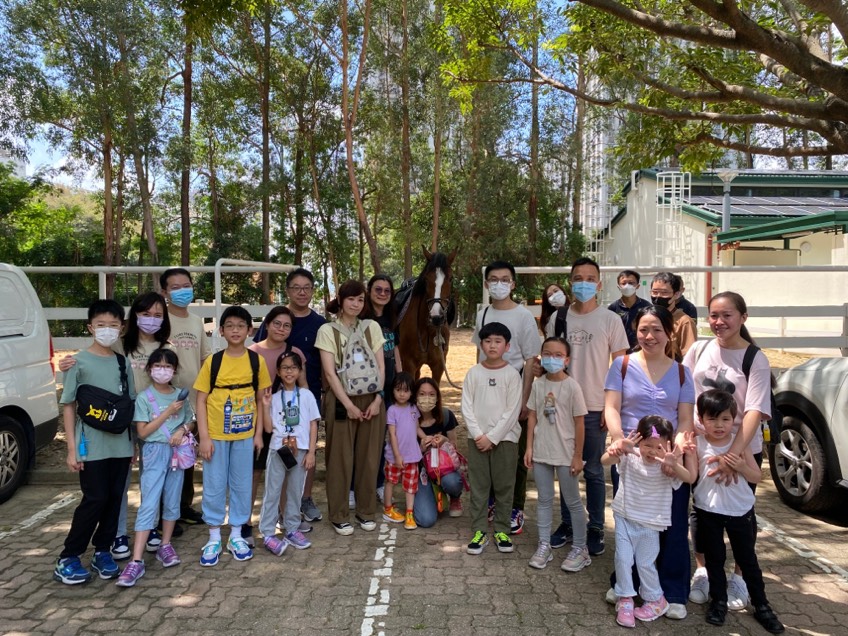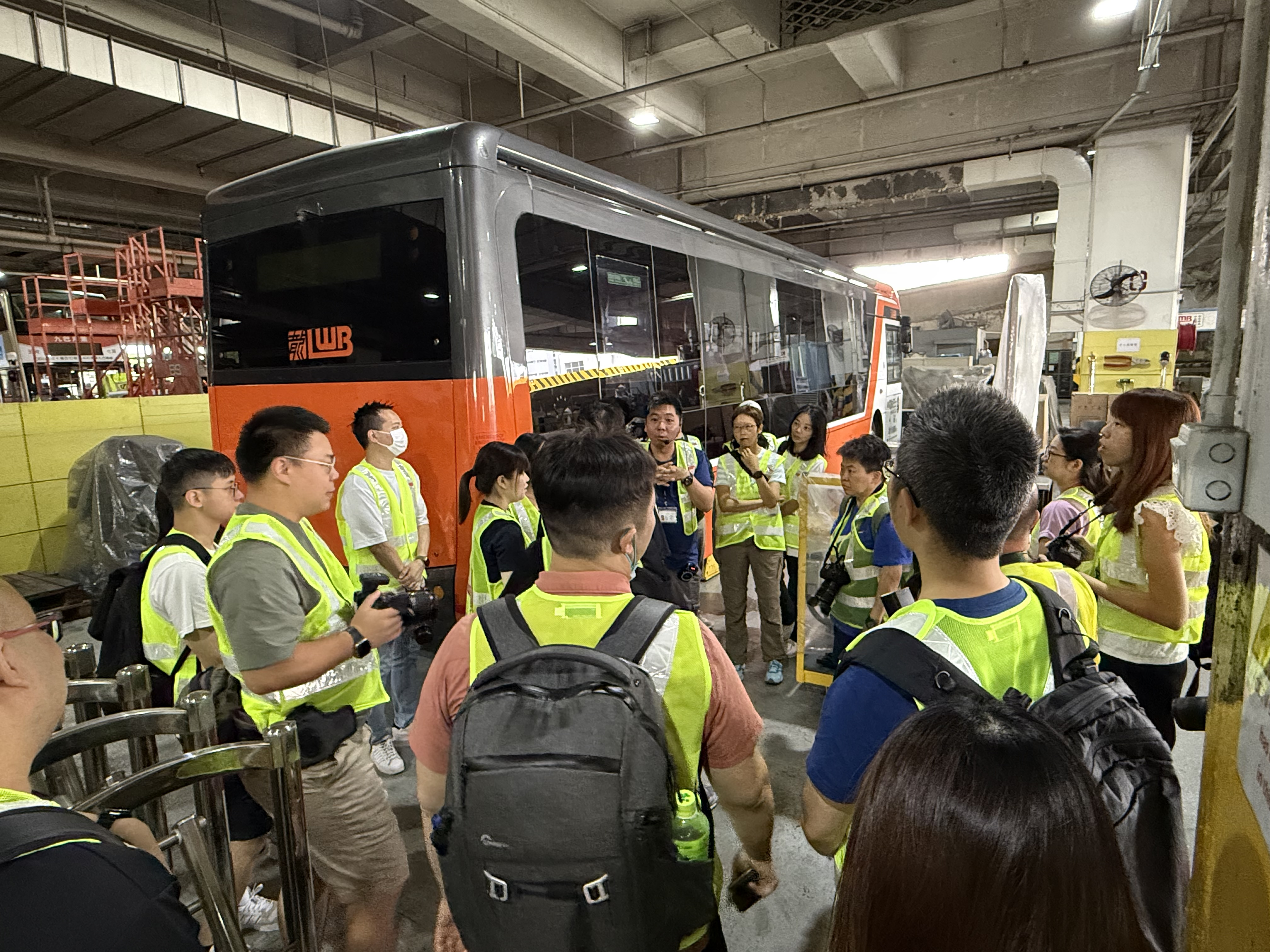Use of Flash – Front and Rear Curtain Sync
Flash is often used to provide supplementary light when photographing in a dim environment. In general, current DSLR cameras use “Rolling Shutter” to control the exposure time, which is composed of a front and rear curtain. By taking into consideration the working principles and difference in activation time between the front and rear shutter curtain, photographers can select either Front Curtain Sync or Rear Curtain Sync during flash photography to control the final position and direction of movement of the subject.


Under normal circumstances, after the camera’s settings and composition are done, at the moment we press the shutter button the front curtain will move down instantly to start the exposure process. When the exposure time reaches the end, the rear curtain will be activated to block the light from entering, indicating the end of the whole exposure process. For example, when a shutter speed of 2s is used, the front curtain will move down to let in the light when we press the shutter button; and the rear curtain will move up to close the shutter and block the light from entering after 2 seconds. Front Curtain Sync refers to the fire of flashlight (figure 1) at the moment when the front curtain is open; while Rear Curtain Sync refers to the fire of flashlight (figure 2) at the moment right before the rear curtain closes. We can see how the images created by these two settings will look like from the simple demonstrations below.
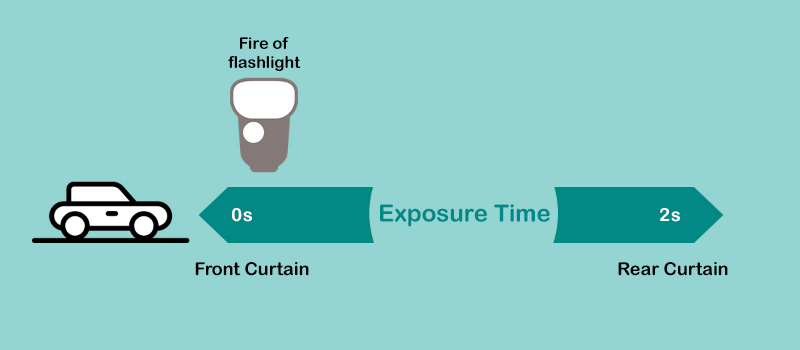
Figure 1 : Front Curtain; Rear Curtain; 0s; Exposure Time; 2s
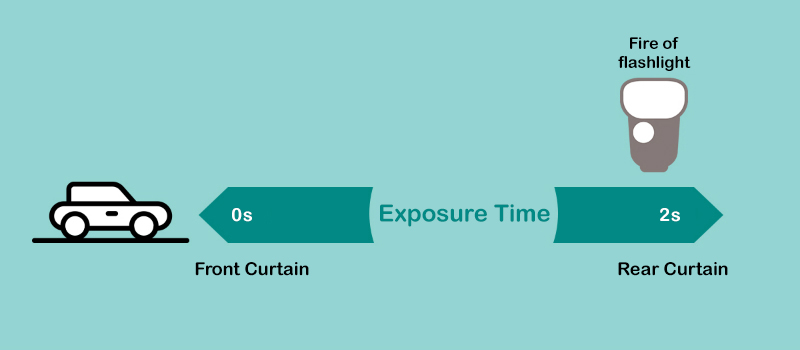
Figure 2: Front Curtain; Rear Curtain; 0s; Exposure Time; 2s
Images Created Using Front and Rear Curtain Sync
Demonstration of Front Curtain Sync
The flashlight was triggered at the time of the shutter press, freezing the image of the banknote before it started to fall. As the exposure process was not yet finished, the falling banknote hence formed a blurry afterimage in red. The banknote appeared to be rising up in the photo, which did not represent its actual physical downward movement.
Demonstration of Rear Curtain Sync
When Rear Curtain Sync is used, the camera started the exposure process when the banknote began to fall; and the flashlight was emitted to freeze the image of banknote before reaching the floor. This resulted in a normal looking image that implied the falling motion.
From the demonstrations above, we can see that Front and Rear Curtain Sync will determine the final position and direction of movement of the subject directly. Different combinations of the subject’s location and trace of afterimage will result in different dynamic visual effects. When applying this in real shooting scenarios, for example to capture a moving vehicle with lights on going from the left to right side of the frame, we can use Rear Curtain Sync to freeze the image of the vehicle on the right with light trace extending behind the vehicle, achieving a natural looking image that captures the actual vehicle movement. On the other hand, Front Curtain Sync is more suitable for photographing subjects which have no directional relationship with the afterimage, such as still portraits in the night.
From the demonstrations above, we can see that Front and Rear Curtain Sync will determine the final position and direction of movement of the subject directly. Different combinations of the subject’s location and trace of afterimage will result in different dynamic visual effects. When applying this in real shooting scenarios, for example to capture a moving vehicle with lights on going from the left to right side of the frame, we can use Rear Curtain Sync to freeze the image of the vehicle on the right with light trace extending behind the vehicle, achieving a natural looking image that captures the actual vehicle movement. On the other hand, Front Curtain Sync is more suitable for photographing subjects which have no directional relationship with the afterimage, such as still portraits in the night.
Special Application of Rear Curtain Sync
Rear Curtain Sync can also be applied in Light Painting photography to create more interesting image effect. As Light Painting is conducted in a dark environment, the images created usually capture only the pattern drawn by light. However, with Rear Curtain Sync, we can create images that capture both light drawing and portrait in details. As shown in figure 3, after the light drawing is done and as long as the subject stays still during the last 1 or 2 seconds before the shutter closes, the flashlight emitted right before the rear curtain closes will freeze the portrait to create images which have richer content and are more appealing to the eyes.
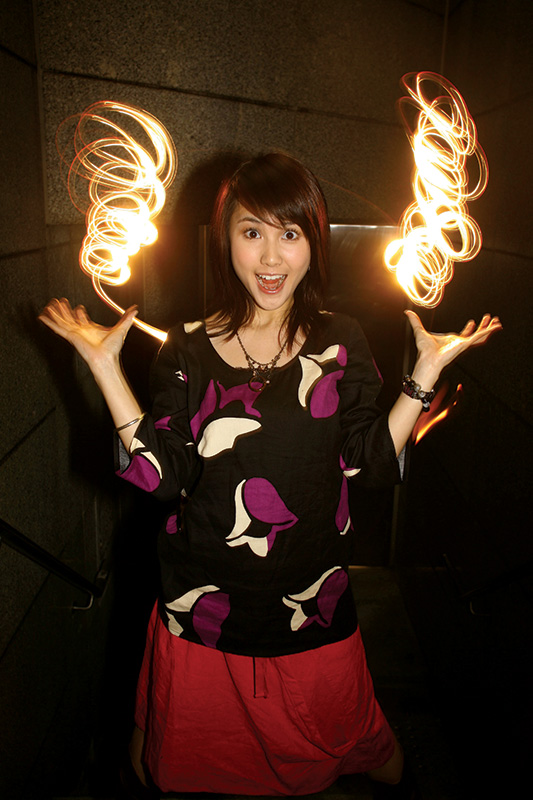
Figure 3




